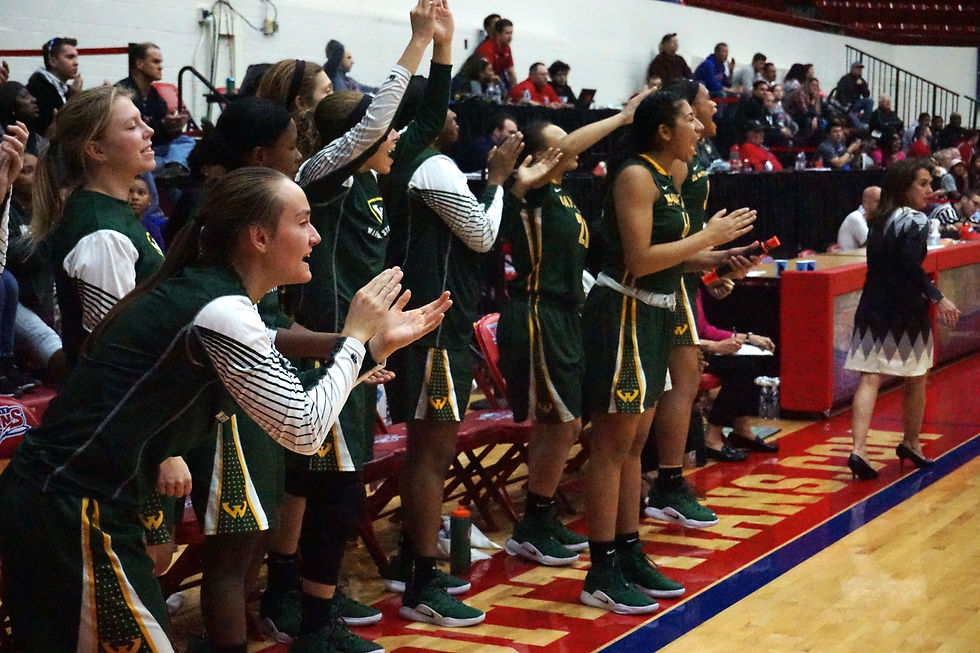Sports
- Sean Taormina

- Nov 29, 2018
- 2 min read
Updated: Dec 5, 2018








Sports photography can be as challenging as it is fun. It tests a photojournalist's technical ability with the camera, as well as their ability to gather information and secure pictures in a dynamic, sometimes chaotic, environment.
For this reason, participating in sports photography—even if you aren't that into sports—is a must for any budding photojournalist. It's a trial by fire. A necessary challenge that test ones skills behind the camera.
Below is some of the things I learned while photographing the Wayne State Women's Basketball team.
Vital information is best gathered before the game begins. That's why it's important to grab a copy of the roster early on, that way you can match players to their numbers when sorting through your pictures afterward.
Pick a good spot and stay there... well, at least until you get a good picture. Obviously your collection of photos would be boring if you only took them from one position, but a good angles is worth coveting. It's important to either remember key positions and return to them whenever it seems like a good opportunity to snap a shot from there. Sometimes it's from the height of the bleachers, sometimes it's the corner or the sidelines, either way, take advantage of it.
That said... MOVE AROUND. I know this seemingly conflicts with what I just said, but it doesn't have to. Good locations and angles are important, but you should have a lot of them. And you shouldn't be afraid to experiment, so long as you don't let it distract you from the game. Which brings me to the next point.
Get there early and scope it out. Sports are often compared to battle fields, but for photographers, there is absolutely no reason to get lost in the fog of war. Check out the lay of the land before the game begins, that way you can plan ahead.
Pump up that ISO, but not too much. So this is one I think I kind of messed up. I maybe could have taken it down just a little bit to avoid some of the noise I had in my pictures. You need the ISO high so you can keep your shutter speed fast, the key seems to be finding the right balance, or rather the lowest possible ISO you can have your camera set to without compromising your ability to capture the action.




Comments